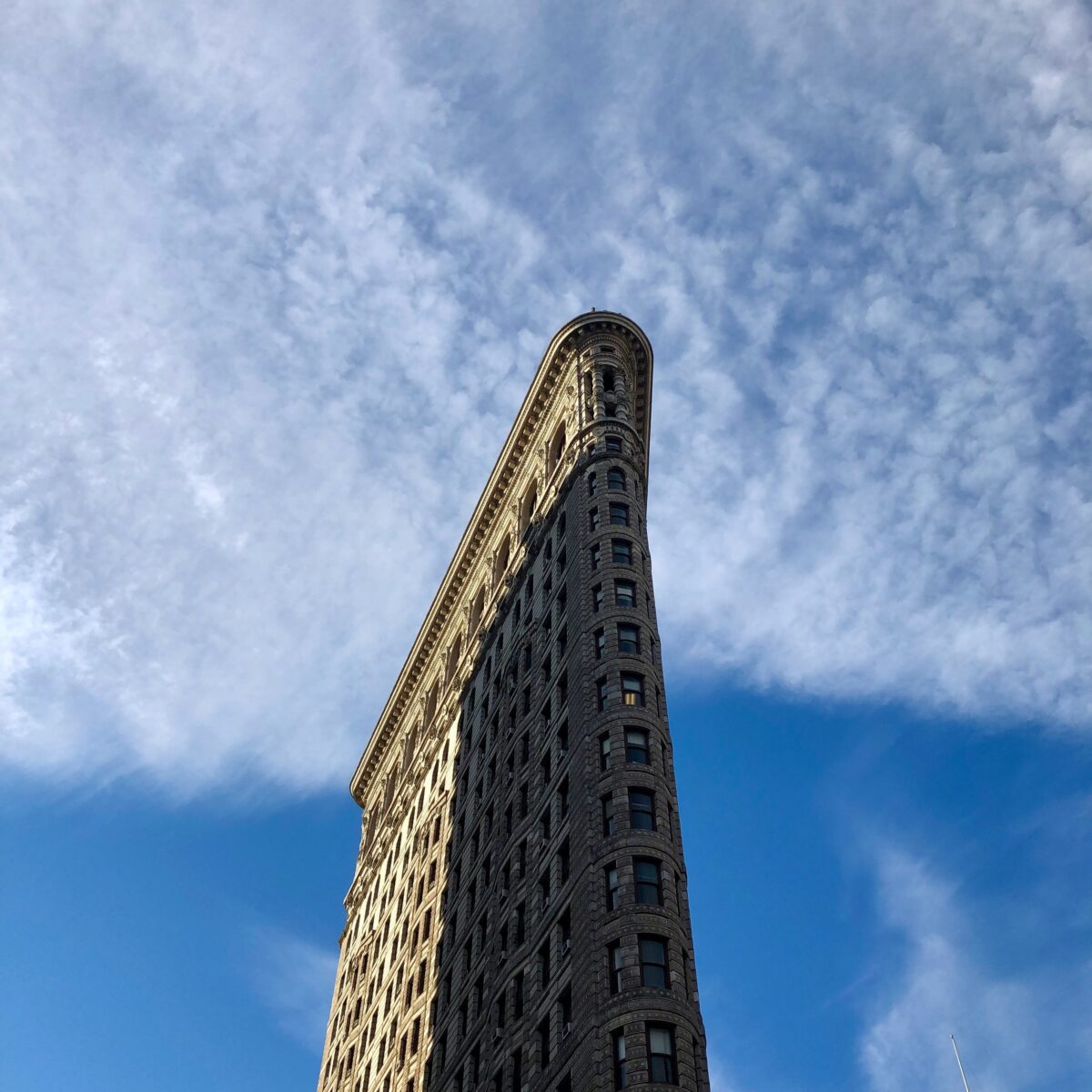Saving and protecting significant structures has become an important part of modern history. We must preserve our memories so that we can remember where we have been and what we have accomplished. One of the primary reasons why historic landmarks and buildings should be preserved is for the benefit of future generations. These structures tell the story of the past, and it is vital that they are still around to be studied and admired by future generations.
For a property to have landmark status, the property must have had historical significance for at least 50 years. It must be old enough to be considered historic and it must look substantially the same way that it looked when the historic events that give it significance occurred. A landmark building is a structure that has significant historical, architectural, or cultural meaning and that has been given legal protection from alteration and destruction.
Each state, county, or municipality has its own rules regarding landmark status. In New York City there is a website for the Department of Buildings that notes the landmark status of each building in the five boroughs of NYC. If you want information about a specific address, go to their home page at www.nyc.gov/buildings. If your building has a landmark designation it means your building has special historical, cultural, or aesthetic value to the City of New York state or nation. It is deemed an important part of the City’s heritage and the Landmark Preservation Commission must approve in advance any alteration, reconstruction, demolition, or new construction affecting the designated building.
In New York City, the Landmarks Preservation Commission is a municipal agency that protects New York City’s architecturally, culturally, and historically significant buildings. The agency was established in 1962. In 1965 the city’s Landmark Law was passed in response to the destruction of Pennsylvania Station, which was widely considered to have been a historically significant structure. The Landmark’s Law, which reserves and regulates buildings deemed to be culturally important, strengthened the Landmark Preservation Commission’s authority.
In order to get landmark status, a building must first qualify. The Landmark Preservation Commission is overseen by a panel of eleven commissioners, appointed by the New York Mayor, who serve as volunteers on a part-time basis, and is also staffed by architects, historians, and others. Potential landmarks are identified by the Landmark Preservation Commission through surveys and research, as well as nominated by citizens, homeowners, city government staff, and other New Yorkers, and then discussed at public hearings. A building must be at least 30 years old to be considered. At a hearing, Landmark Preservation Commission staff will often make a presentation about the nominated structures, and then open the floor to testimonies from the attendees.
There are many individuals that want to get involved in the preservation process and they are called landmark preservationists. These individuals are village preservation advocates for landmark and zoning protections, and they monitor proposed and planned developments and alterations to landmarked and historic sites throughout your neighborhoods. If you feel a passion for preserving the past why not enlist to join the landmark preservationist in your city or municipality. It is an interesting pastime that will certainly keep you at the forefront of the history in your area.
At Scarano Architects we are always looking forward to building the future with our groundbreaking designs and creations. At the same time, we also embrace the rich history of our great city by engaging with the Landmark Preservation Commission while constructing older buildings. We are keenly aware of our great past while keeping our eyes firmly fixed on the future.


